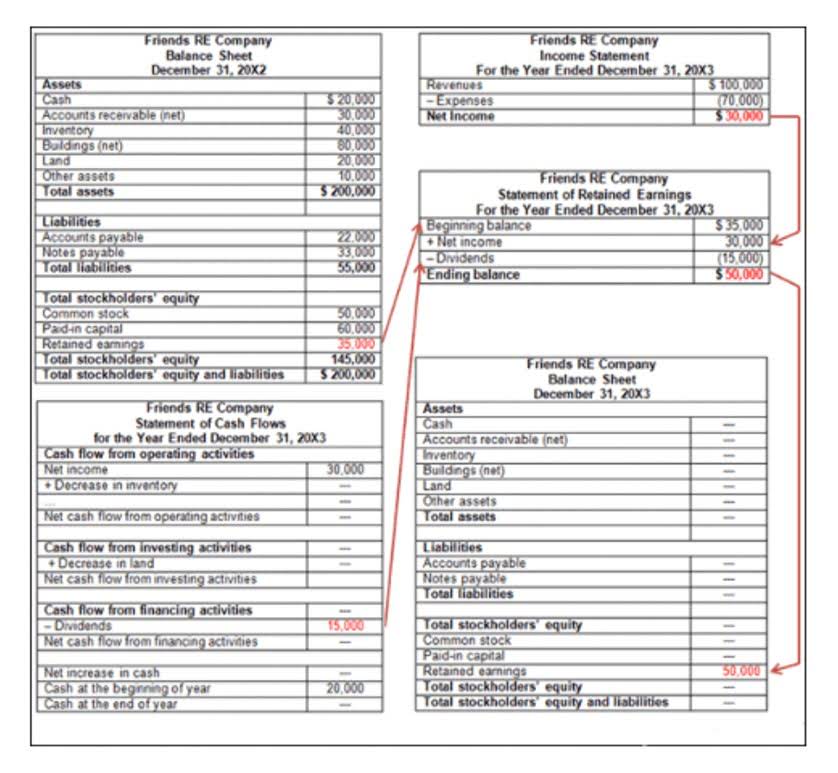
These standard costs could be based on historical data, past experiences, market averages, and other relevant bases. Standard costing is a common method businesses use to track and manage costs. When meeting with senior leaders, it is helpful to ask strategic questions about standard costing to better understand the company’s financial health.
- Standard cost accounting offers a structured approach to understanding, controlling, and optimizing your business costs.
- Process industries like food production, chemicals, or basic consumer goods are perfect candidates, unless raw material or labor prices are prone to fluctuations.
- Standard costing can be a helpful tool for businesses of all sizes, but it is essential for larger companies with complex inventory systems.
- For the past 52 years, Harold Averkamp (CPA, MBA) hasworked as an accounting supervisor, manager, consultant, university instructor, and innovator in teaching accounting online.
- Leveraging standard costing isn’t limited to cost management; it also plays a key role in comprehensive financial strategy.
Standard Costing in Manufacturing: A Modern Approach – Frequently Asked Questions
This means that the Interior Design Bookkeeping actual direct materials used were less than the standard quantity of materials called for by the good output. We should allocate this $2,000 to wherever those direct materials are physically located. However, if $2,000 is an insignificant amount, the materiality guideline allows for the entire $2,000 to be deducted from the cost of goods sold on the income statement. DenimWorks purchases its denim from a local supplier with terms of net 30 days, FOB destination. This means that title to the denim passes from the supplier to DenimWorks when DenimWorks receives the material. Any difference between the standard cost of the material and the actual cost of the material received is recorded as a purchase price variance.

Management’s Lack of Sensitivity
- They are used as statistical bases for the evaluation of actual performance.
- The differences of actuals and standards may be taken to variance accounts.
- Explore the essentials of standard costing, from key components and calculations to its impact on budgeting and financial statements.
- Standard cost help provide guidance for various managerial functions like formulating company policies and determining overall costs of operation.
- This can happen for various reasons, such as changes in raw materials prices or production methods.
- Standard costing system is economical system from the viewpoint that it does not require detailed records.
Volume of production – Fixed overhead standards will vary when volume of production varies, estimate a volume of production that can be achieved. Expected sales capacity should be considered for fixing volume of production. (4) Co-operation of Executives and Staff – For the successful working of a standard costing system, it is necessary to enlist the co-operation of executives and the staff operating the system. Standards can be fixed only with the cooperation of managerial personnel.
Fixed Manufacturing Overhead: Standard Cost, Budget Variance, Volume Variance

This process begins with gathering historical data, which serves as a foundation for setting realistic cost expectations. Historical data provides insights into past performance, helping businesses identify trends and patterns that can inform future cost projections. By analyzing this data, companies can make informed decisions about the costs they should expect to incur.


Standard costing needs to evolve to capture and analyze environmental costs. With the expansion of global markets and increasingly interconnected supply chains, manufacturers face heightened volatility and uncertainty in sourcing raw materials, components, and finished goods. Modern manufacturing processes often involve intricate supply chains, diverse product lines, and rapid technological advancements. This integration ensures all stakeholders access the same standard costing system up-to-date information, promoting transparency and alignment towards common cost optimization goals. Additionally, automated workflows streamline communication channels, facilitating coordinated efforts and fostering a culture of collaboration essential for driving efficiency and innovation.
- Standard costs are often an integral part of a manufacturer’s annual profit plan and operating budgets.
- Therefore, this standard is not suitable for cost ascertainment and control.
- At the most fundamental level, you can generate a standard cost by averaging the most recent actual cost over the previous few months.
- (2) The standard costing should be in consistent with the technical process of production of enterprise.
This encourages environmentally friendly retained earnings decision-making and supports resource conservation and pollution reduction initiatives. Standard costing often integrates with techniques like variance analysis, activity-based costing, and lean manufacturing principles. This integration enhances decision-making by providing a comprehensive view of costs and performance. Modern standard costing systems are adaptable to accommodate customization and product diversity. They incorporate flexible standards that can be adjusted for different product variants or customer requirements. Standard costing provides a valuable baseline for performance evaluation through cost variance analysis.
